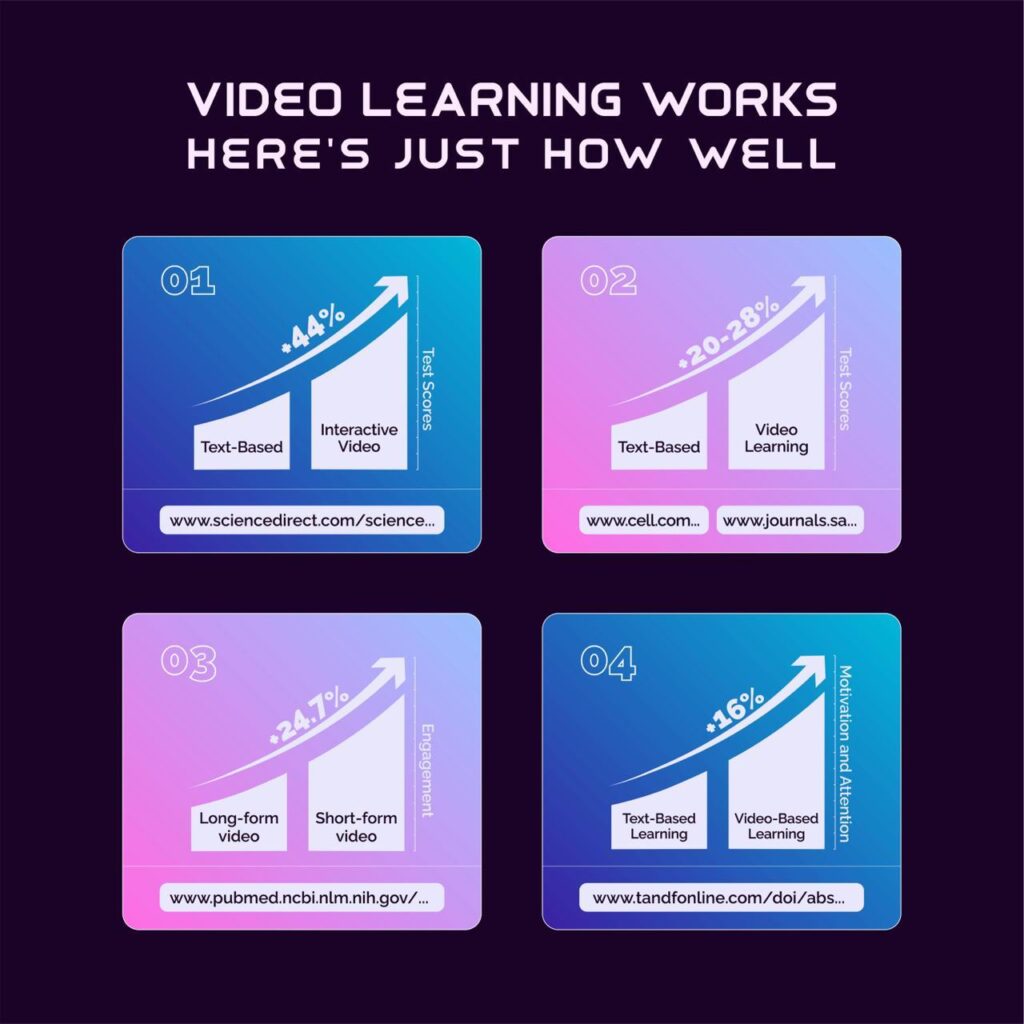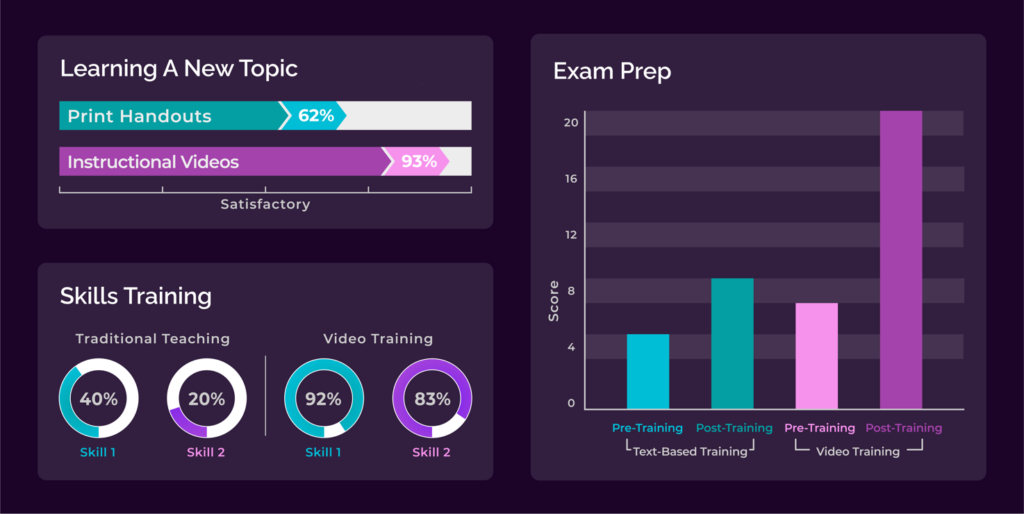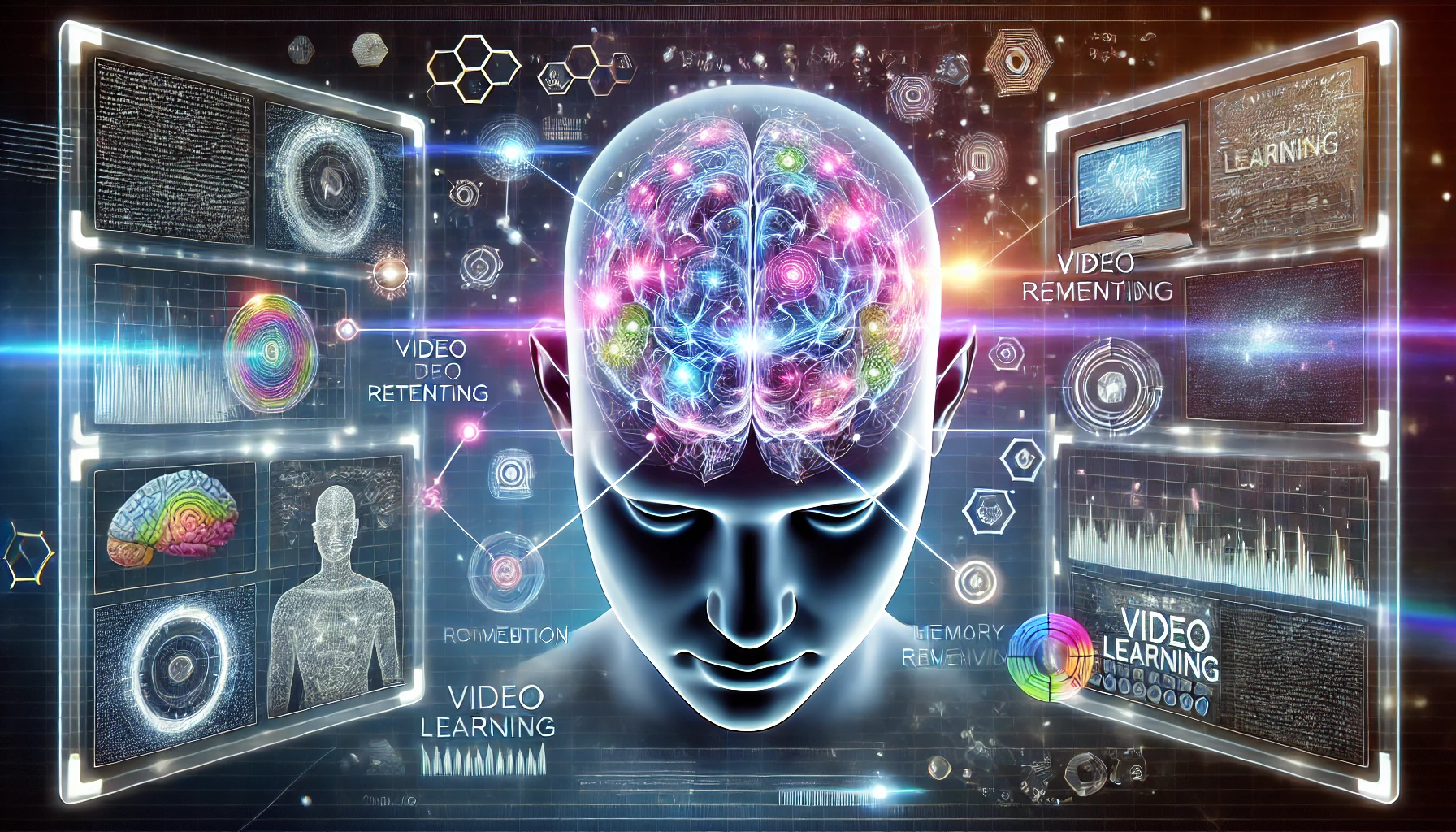August, 2024
Dorine Rivers, PhD, PMP
Savantz AI, Founder & CEO
Attention is the Door to Memory
Whether learning works or not comes down to memory. In classrooms, in conference halls, out in the field—wherever an instructor, coach, or teacher is trying to pass on knowledge—they rely on the neurological systems of working memory and memory consolidation, procedural and episodic memory of events, and declarative memory of facts and things.
Although these mechanisms are spread across various brain regions and rely on networks comprising billions of neurons, we understand them just well enough for teaching techniques and educational technology to capitalize on our understanding, in effect “hacking” the human brain to make learning more effective.
The way we pay attention is right at the core of all these efforts. Attention is the psychological expression of neural engagement. In other words, paying attention is what it looks and feels like when the electrochemical activity in our brain coordinates with information out in the world that we’re trying to learn, remember, or understand.
Here’s why that matters. The fundamental mechanism of memory consolidation—the formation of long-term memories that can stick around after a lesson is over—depends on getting neurons to “fire together” or activate almost simultaneously, strengthening their connection via a process called “long-term potentiation (LTP).”* Attention helps that happen, and helps it happen in a way that ensures the neurological changes are relevant to the learning materials at hand.
Several strands of evidence support these ideas, two of which are very direct. One involves the prefrontal cortex (PFC), a brain region associated with rational decision-making and conscious behavior control. The PFC has certain frequencies of brainwaves vital to “enhancing the neuronal representation of attended sensory input,” or making sure your brain registers what you’re trying to pay attention to, and brainwaves that trigger memory consolidation in the hippocampus.
Another key piece of evidence is that if you apply electrical stimulation to the scalp, simulating brain activity of the same kind as those brainwaves we just mentioned, you can trigger very similar improvements in selective attention and memory formation.
A third piece of evidence comes from neurological experiments of neural engagement itself. These studies track brainwaves as participants complete various sorts of everyday activities. A pathbreaking study at NYU six years ago did this with a simple learning task and measured how similar each person’s brainwaves were to the average for the whole group. Because the only thing the participants had in common was the material they were learning, the similarity in brainwaves was a good indicator of how closely each person was paying attention. It also predicted how well each participant remembered the material afterward.

Figure 1. Attention during different classroom activities, measured as normalized alpha power from EEG recordings.
Like other research, the NYU study also found that the neural mechanisms of attention and memory are stronger when learners self-direct or self-motivate during educational activities.
With all that in mind, we can turn back to the techniques and technologies that capitalize on this new understanding of how memory depends on attention.
Video Content Hijacks Attention
Video has become ubiquitous in both formal and informal learning environments. Online universities and distance learning were well-established even before the pandemic made e-learning mandatory for almost every student worldwide. Platforms like Moodle, Blackboard, and Google Classroom allow video content to be integrated into curriculums and assignments, and corporate training has relied on instructional and compliance videos since the 1990s.
That might seem remarkable until you look at the numbers: video works. The numbers vary for reasons we’ll get into, but an illustrative study found that the video version of a story, as compared to the text version, produced about 30% better recall of the basic facts.
We already had persuasive studies in the late ‘80s showing that using video to present educational materials made the material easier to remember. That line of research continued through the ‘90s. Then it exploded along with the rise of e-learning, with a recent meta-analysis showing that adding video to teaching strategies dramatically improves learning outcomes across the board— they figure that 88% of the time, supplemental video increases how much students learn.
We have a pretty good sense of why this is the case: video hijacks attention. Compared to lectures or text, video content triggers a huge uptick in brainwaves associated with paying attention.

This attention pays off in the form of learning outcomes. There’s no consensus on hard numbers, but studies in various contexts using very different learning materials and topics find that educational video boosts test scores and retention. One study found that video improved learning outcomes by 44% over non-video materials; other studies reported that test scores rose by 20% to 28% when compared to text-based instruction. One simple study compared learning outcomes from printed handouts vs instructional videos. Scores for the handout did improve, resulting in about 62% correct, but scores for the instructional video were more than 30% higher, at 93%.
More qualitatively oriented studies report marked improvements in student satisfaction and motivation to learn.

The findings in these studies are not identical; key differences have turned up around video length, video context, and level of interactivity, for instance. Broadly, three principles inform the best educational video: reduce cognitive load, encourage student engagement, and allow active learning.
Each of these strategies will be familiar to educators; what is new in the latest wave of video technologies is the ease with which video content can be tailored to meet those goals, thanks to AI’s flexibility, power, and simplicity.
Savantz.ai is at the forefront of development in the new wave of AI-powered video tools for education. Contact us to learn how we can help your organization thrive: info@Savantz.ai.




